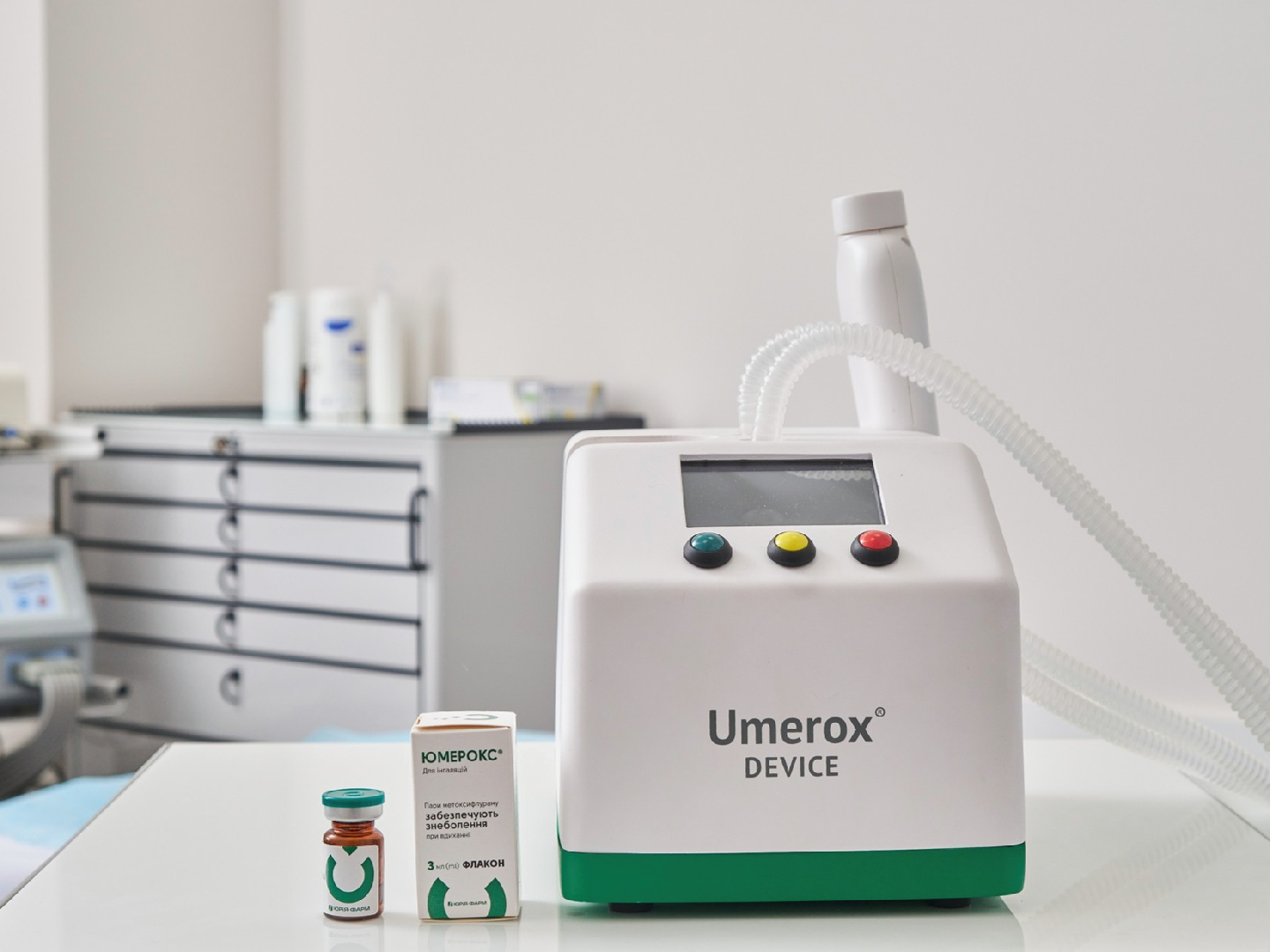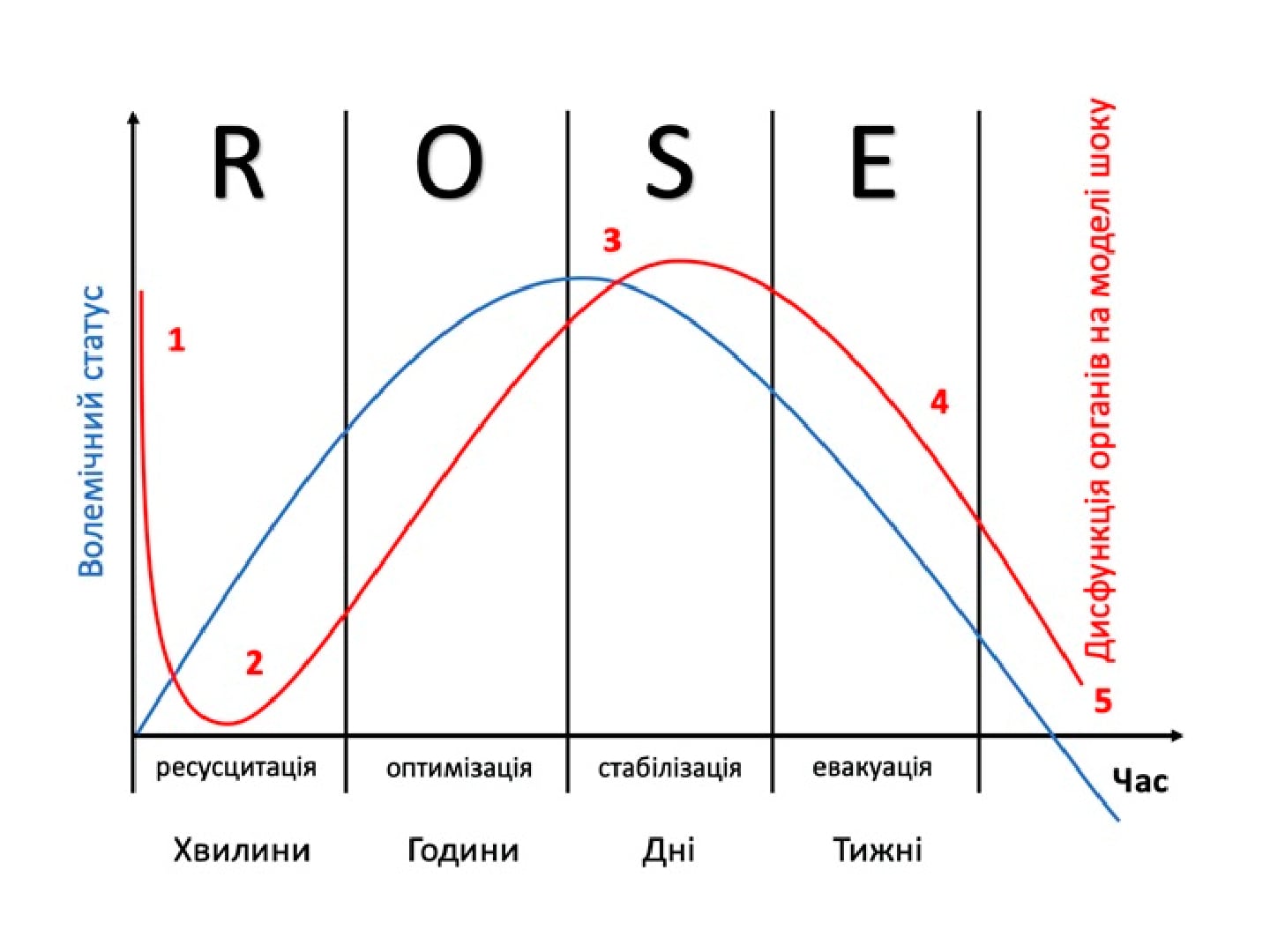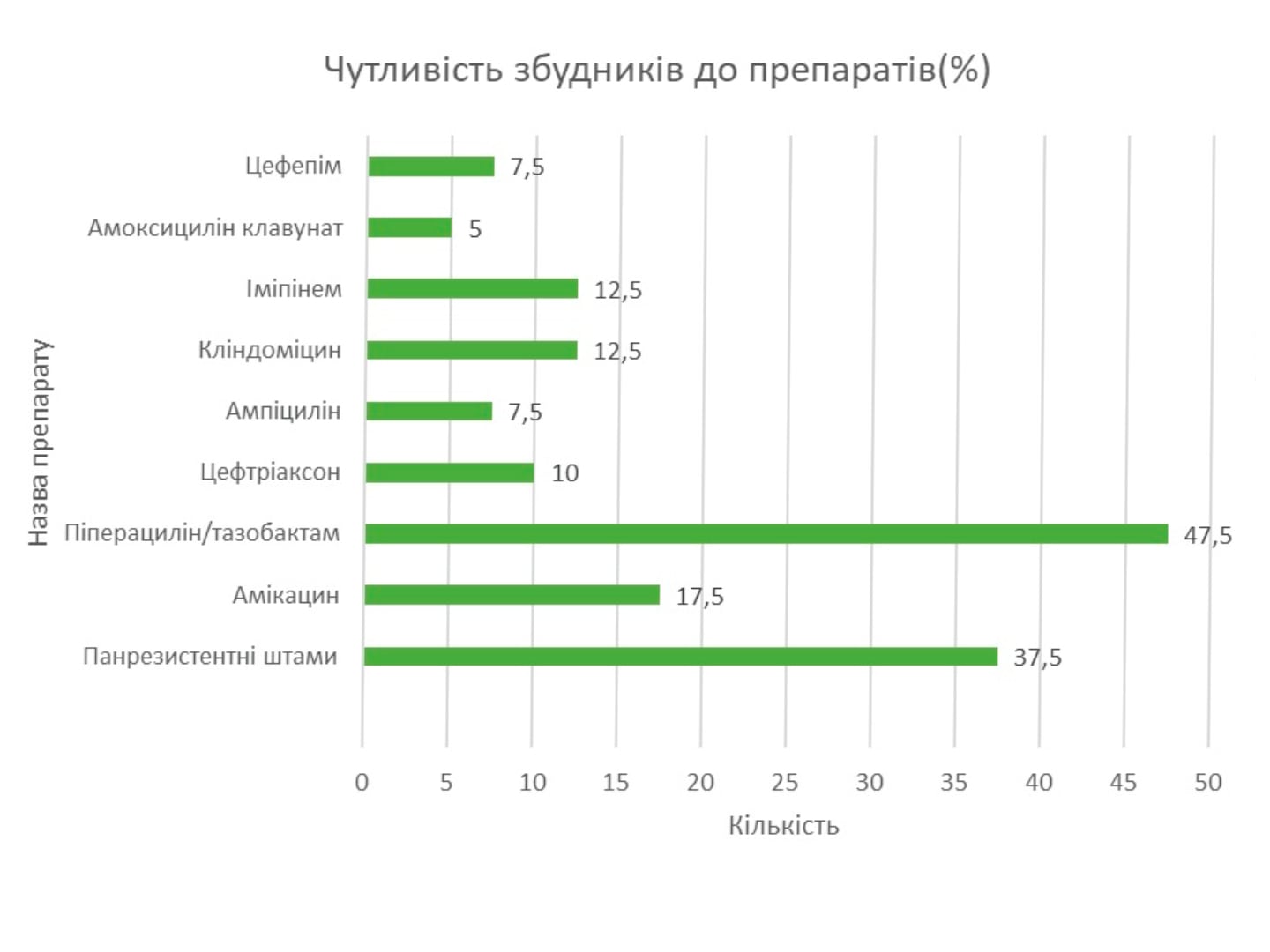Longocain solution for infiltration anesthesia in morbid obesity surgery
O. O. Shalimov National Institute of Surgery and Transplantology of NAMS of Ukraine, Kyiv
The objective of the paper is to study the efficacy of the infiltrative anesthesia combined with general anesthesia in patients with morbid obesity.
Materials and methods. Sixty patients (36 females and 24 males) aged 21 to 56 (mean age – 41.2 ± 1.2 years) with morbid obesity were enrolled in the study and underwent different types of gastro-restrictive and malabsorptive surgical interventions. The patients were divided into two groups. In Group 1 (n = 30), the multicomponent balanced anesthesia was used (sevoflurane, fentanyl); for muscle relaxation, Esmerone solution (rocuronium bromide) was used; in Group 2 (n = 30), additional infiltration anesthesia of the surgical incision site was applied onto the anterior abdominal wall using Longocain solution. The solution was administered subcutaneously to the entire length of the planned incision. To monitor the anesthetic management adequacy of surgical interventions, the indices of hemodynamics, gas exchange and acid-base status were studied. Postoperatively, the duration of prolonged artificial lung ventilation was registered; pain at rest and on movement was assessed using the visual analog scale.
Results and discussion. In the postoperative period, the indices of hemodynamics, external respiration, gas exchange and acid-base status were not fundamentally different in the groups. The administration of local anesthetic solutions was not accompanied by a significant decrease in blood pressure and heart rate. No significant difference in analgesic effect between the local anesthetics was observed, but the Longocain’s advantage is a long-term effect. Infiltrative anesthesia combined with general anesthesia decreases drowsiness, respiratory depression, pain intensity, especially when moving, which prevents respiratory and thromboembolic complications.
Conclusions. Infiltrative anesthesia use in case of general anesthesia for surgical stage management provides reducing hemodynamic disorders and earlier beginning of the surgery. Longocain solution application allows to reduce the amounts of narcotic analgesics and muscle relaxants for an adequate anesthetic management and thereby to reduce pharmacological loading on the liver.
Key words: infiltrative anesthesia, morbid obesity, the efficacy of general anesthesia and analgesia supplemented with infiltration anesthesia, Longocain.






